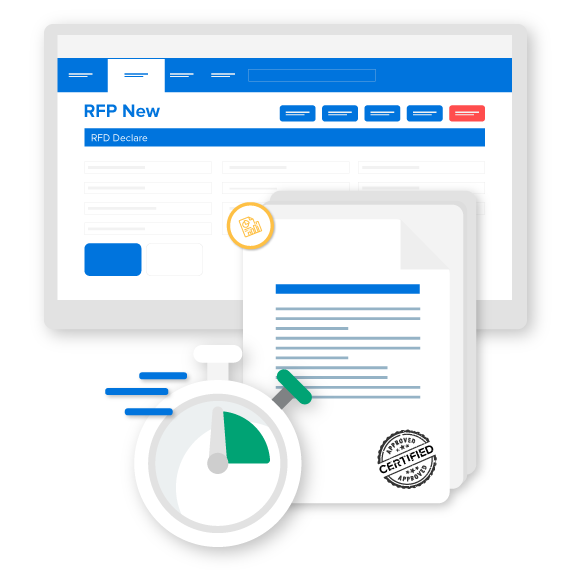
23 Jul
You pre-advised the cargo terminal about the containers you are ready to dispatch for loading. Following this, you are eagerly waiting for the message about cargo acceptance. Suddenly, you receive a message stating that your pre-receival advice (PRA) has been rejected. Because of this, you are pushed towards the consequences like shipping delays, heavy penalties, and revenue losses.
You might not be aware, but this is one common situation most exporters experience once or many times. It should be noted that there are some very insignificant reasons and easily avoidable mistakes leading to these incidents. So, here is a useful guide to take care of things while preparing a PRA.
Double Check the Container Number
The container you are ready to deliver will have a unique container number in a standard format. While preparing a PRA, you must ensure that the number is precisely copied and there are no errors. For example, there are chances that you might read an ‘O’ as a ‘0’ or vice-versa. Besides, you may enter a lesser or higher number of digits than the prescribed standard. Such mistakes not only enhance the chances of rejection but can also lead to the rejection of PRA even after PRA gets approved.
Refer to the Correct Commodity Codes
The export container may contain commodities of different types and those belonging to different categories. Needless to say, each type of commodity has its own unique code which you must carefully enter in the PRA. For instance, meat and fish are two different commodities with their individual codes. Going further, the meat of sheep may have a different code than that of goat meat.
Pay Attention to Special Goods
The consignment you are ready to export may contain hazardous goods for which you must provide additional details. Likewise, the goods of perishable nature, like fruits, may require Reefer storage on the cargo ship. For such goods, you must mention details like the required Reefer temperature in the PRA. The failure in providing these details may result in immediate PRA rejection.
Calculate the Verified Gross Weight Carefully
As the International Maritime Organization (IMO) prescribed in 2016, every container must carry Verified Gross Weight (VGM) as an important entity to get approval for loading. You must follow the right weight calculation method to enter accurate details in the PRA. It is worth mentioning that VGM constitutes the weight of the goods as well as the container’s tare weight.
Other Possibilities
Apart from those mentioned above, some other common mistakes that you can easily avoid are as follows:
- When shipping multiple containers, you accidentally assign two different containers to the same container number.
- The Reefer temperature you mention in the PRA doesn’t match that mentioned in the details that your shipping company submits.
- You book full cargo containers, but pre-advise empty containers in the PRA. The vice-versa is also possible.
- You mention the cargo arrival mode as rail, though the booking mentions it as road.
Clearly, most of these mistakes and many others result due to human negligence or manual PRA preparations. To avoid it, it is better you learn how to get a PRA electronically using the right kind of software. There are many advantages to doing it. First, you save a lot of time. Second, it automates the process, leaving small scope for mistakes. Third, you can use the previously submitted PRAs to make new PRA preparation efficiently.
Moreover, you can take advantage of real-time status tracking and respond quickly to any queries from the stevedores. Once you attain perfection in this, you would have fewer chances of rejected PRAs in the future.


